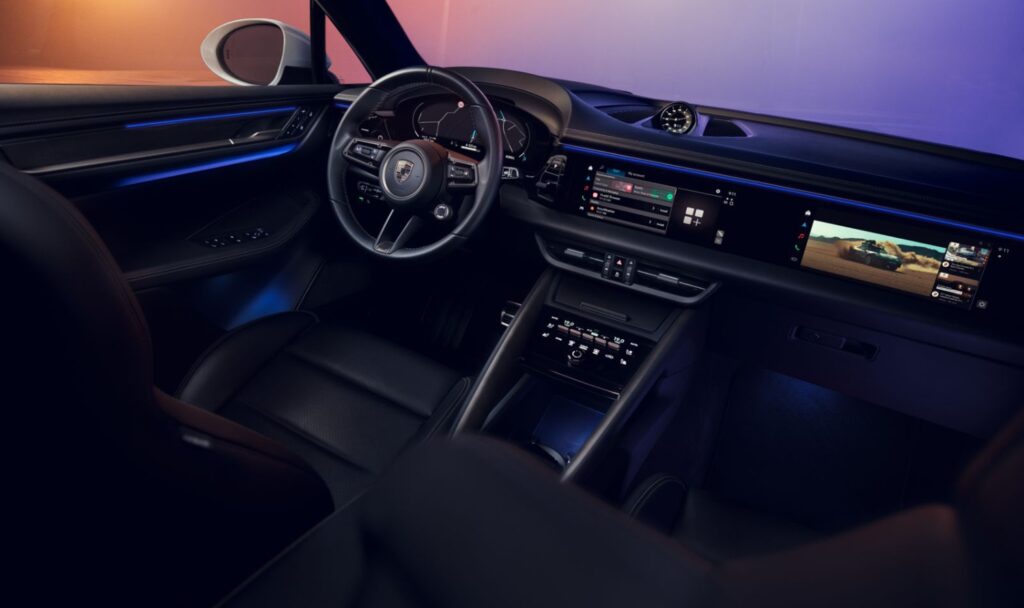It is the second electric vehicle of the E-Performance program from the German brand, and it joins the Taycan, introduced in 2019. The SUV, in this second generation, is only sold as an electric vehicle. For its launch in the first quarter of 2024, there will be only two versions, with the Turbo as the top of the range. First information – and impressions – of the unprecedented Porsche Macan Electric!
Porsche continues to thrive commercially and financially, collecting records in both production and car sales. Among the reasons for the success of the German brand, the most valuable European manufacturer at the moment, after 2022 with revenues of 36.7 billion euros and operating profits of 6.8 billion euros, is the investment in SUVs, which began in 2002 with the debut of the Cayenne, and was consolidated in 2014 with the introduction of the Macan (the best-selling model of the Weissach house between 2015 and 2022, and with the merit of having 80% of its customers being new to Porsche) – combined, these models represented 58.8% of the business last year!
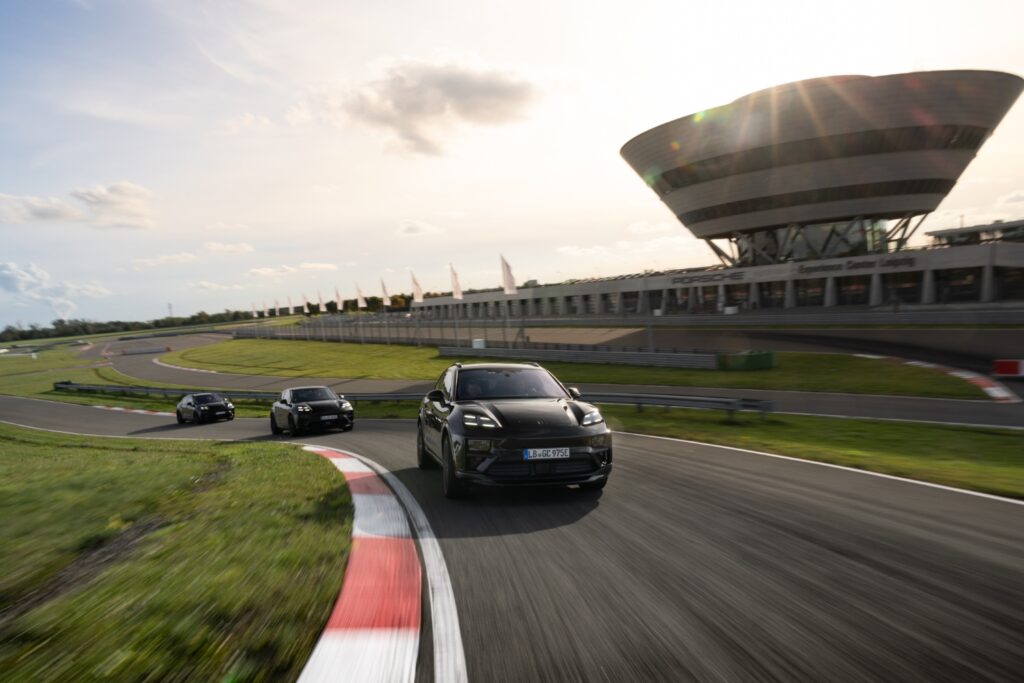
At the same time, and not only due to the (excessive?) dependence on the current automotive trend, Porsche is fully committed to an ambitious electrification program, which began more determined and media-oriented in 2019 with the Taycan. The expectation is that electric and plug-in hybrid vehicles will account for about 50% of sales by 2025. If this plan is fulfilled, by 2030, 80% of the models will be without internal combustion engines! The E-Performance strategy also considers the investigation of the viability of synthetic fuels to accelerate the decarbonization process.
According to Oliver Blume, the strongman of both Porsche and the VW Group, this paradigm shift in the automotive industry is happening progressively, as it is a “race of endurance, not a sprint,” but the truth is that the brand has a new car on the launch ramp: the Macan Electric. This SUV does not replace the original model from 2014, which benefited from updates in 2016, 2019, and 2021, but it adds to the catalog, offering electric alternatives to the thermal versions we know. In the future 718 models in 2025, the idea is to propose the same type of formula, also temporarily, to allow for adaptation to the emergence of the energy transition. Also in the plans of the company headquartered in Stuttgart, Germany, is a “very sporty interpretation of the SUV” to position it above the Cayenne (internally, the model is known by the codename K1).
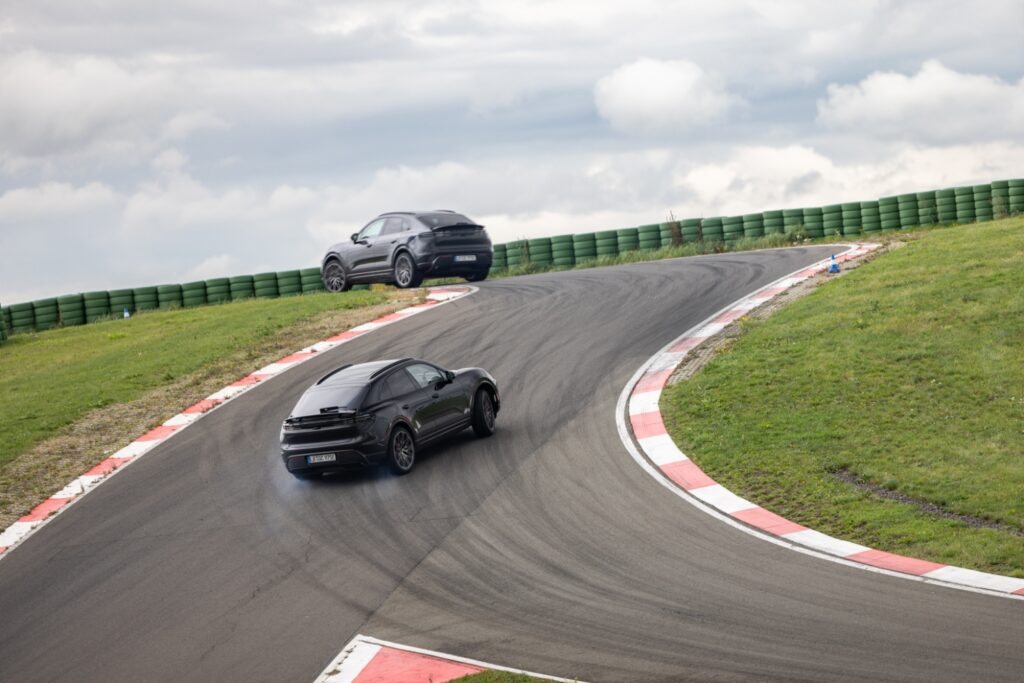

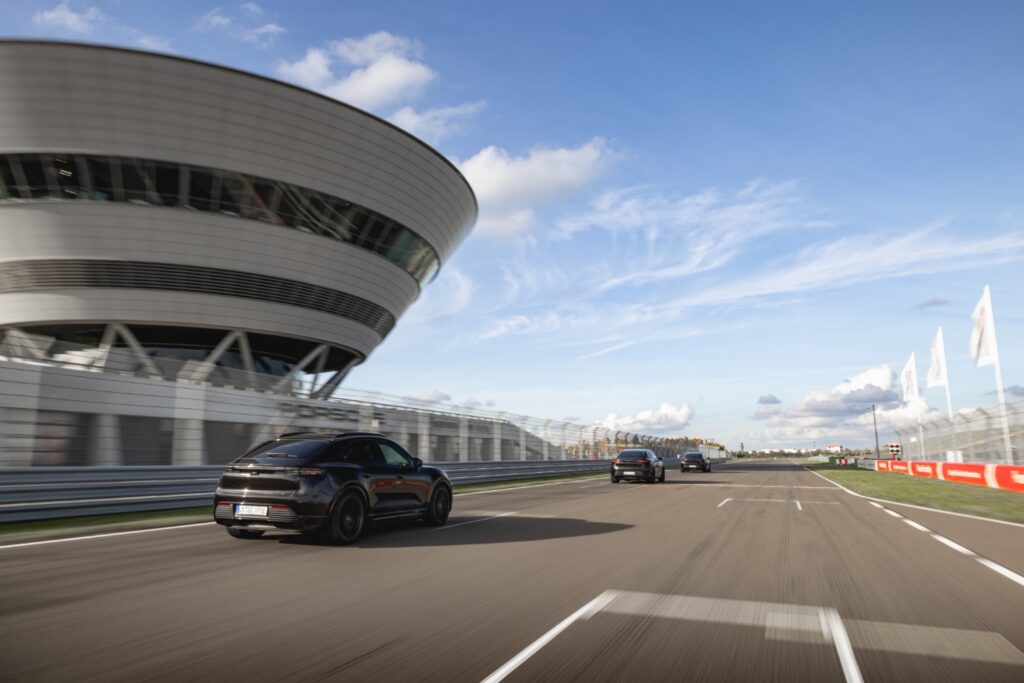

DEBUT OF THE PPE PLATFORM
In the Macan Electric, the designation of the second generation of the Porsche SUV, the Premium Platform Electric (PPE) is introduced, developed and manufactured in collaboration with Audi. Also for 2024, the VW Group partner plans two new cars on this platform, which admits both rear-wheel drive and all-wheel drive, and has an 800V electrical architecture, which allows for much faster battery recharging (lithium-ion): Q6 e-tron and Q6 e-tron Sportback.
The PPE, announced by Porsche during the meeting in Leipzig that marked the end of the expansion work at the factory in preparation for the production of the Macan Electric, an undertaking that required an investment of 600 million euros, admits, at this launch stage, electric systems with motors on both axles, both supported by one-speed automatic transmissions. Combined powers close to 450 kW (611 hp) and maximum torques above 1000 Nm are promised. During deceleration and braking, up to 240 kW of energy recovery/regeneration capacity.
In the Macan Electric, the 100 kWh capacity battery weighs 570 kg, has 12 modules of 15 prismatic cells with a new chemical formula (higher energy density, greater energy storage capacity!), and is arranged under the floor, between the axles, which optimizes the sporty dynamics of the car with almost equal weight distribution (48%/52%), as is customary in the brand’s sports cars. The maximum charging power, 270 kW, allows the charge level to be restored from 10 to 80% in less than 22 minutes.
In the Macan Electric, with motors on both axles, the torque distribution between the front and rear wheels is electronically controlled and 100% variable, favoring rear-wheel drive. The system’s operation depends on both the characteristics and the driving mode (Normal, Sport, Sport Plus, and Off-Road), as well as the surface or vehicle speed (and the system, very powerful, reacts to any changes in about 10 milliseconds). Additionally, there is a torque vectoring program on the rear axle (PTV Plus), which has wider tires and, for the first time, has directional capabilities, which benefits agility in urban environments and precision and stability on both roads and highways, for more confident and safe driving. The PASM suspension, with electronic damping, is combined with either steel or air springs. The new two-valve dampers ensure optimal compression and extension control by performing it individually.
PRODUCTION CENTER IN LEIPZIG
The new generation of the Macan, decided by Porsche in July 2018, simultaneously with the green light for the development of SUVs equipped only with electric motors, is manufactured at the Leipzig Production Center in the Saxony region of Germany. The Stuttgart-based company inaugurated the facility in 2002, originally to produce the Cayenne, and has never stopped investing in a unit that has undergone five expansions in about two decades of activity. At the same time, the number of employees has continued to increase, with over 4,400 employees currently.
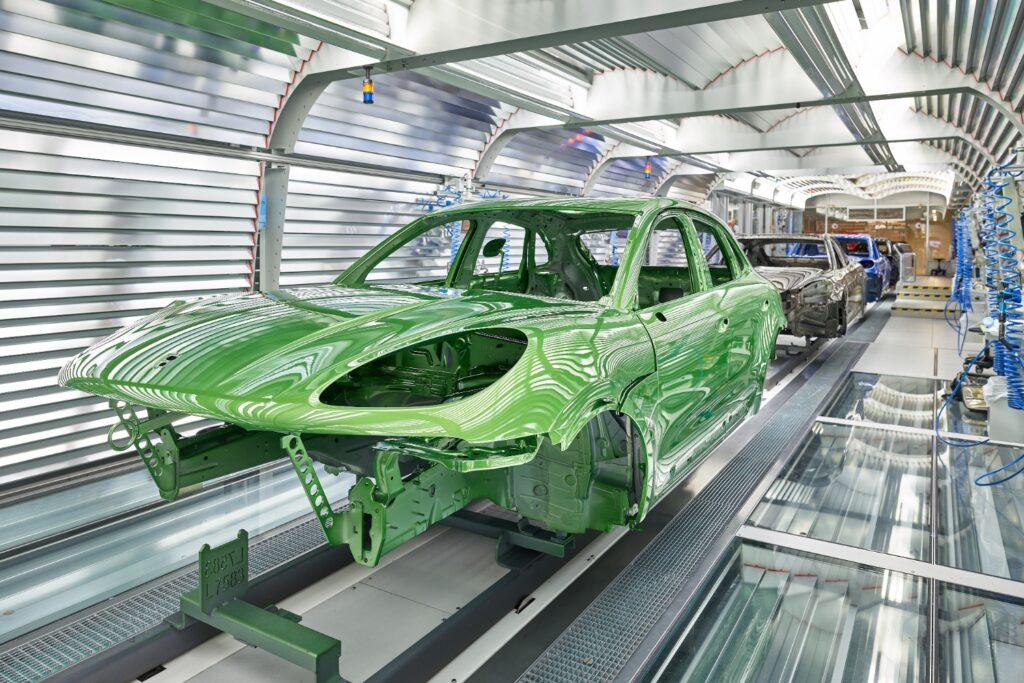
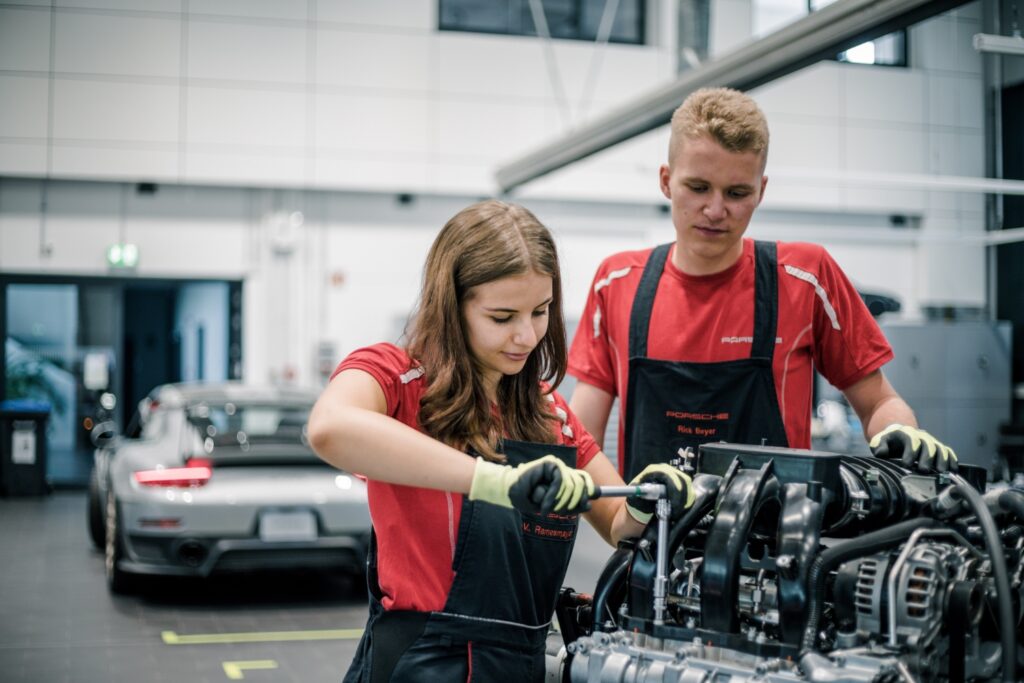
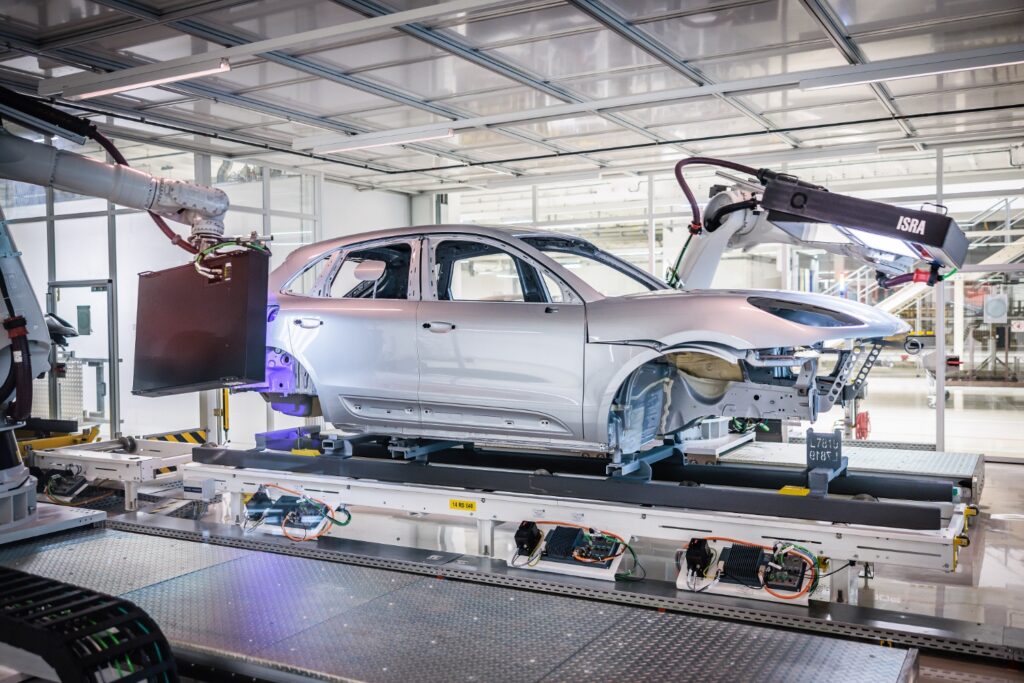

On the 4th, Porsche celebrated the production of two million cars in Leipzig. It did so with a unit of the Panamera Turbo E-Hybrid. Daily, in this unit with an area equivalent to that of 400 football fields, 500 Macan and Panamera are produced. The assembly line is 3.576 km long, with automation levels below 10% (from 5% to 8%, depending on the configuration of each model), due to the demands in the field of customization.
The start of Porsche’s industrial activities in Leipzig was made with the Cayenne, but the production of this SUV positioned at the top of the brand’s sports range was relocated to Bratislava, Slovakia, in 2017, coinciding with the entry of the third generation. In 15 years, in Saxony, 738,503 units of the model that leveraged both the financial recovery and the growth of a company that did not sell more than 30,000 cars per year in 2002 were made – at the time, in the catalog, it had only the 911 and the Boxster. In 2022, it sold a record 309,884!
CIRCUIT AND OFF-ROAD IN THE TURBO
Porsche recently provided us with a first contact with the new generation of the Macan Electric, which took place in Leipzig, and journalists were driven by drivers from the German brand, first on a 3.7 km circuit (designed by Hermann Tilke, the face behind many tracks integrated in the F1 World Championship calendar), then on a 6 km off-road route, which included a passage through a 100-meter long and 0.5-meter deep water ditch, and a ramp crossing with an 80° incline. In either environment, both controlled, the SUV behaved exceptionally.

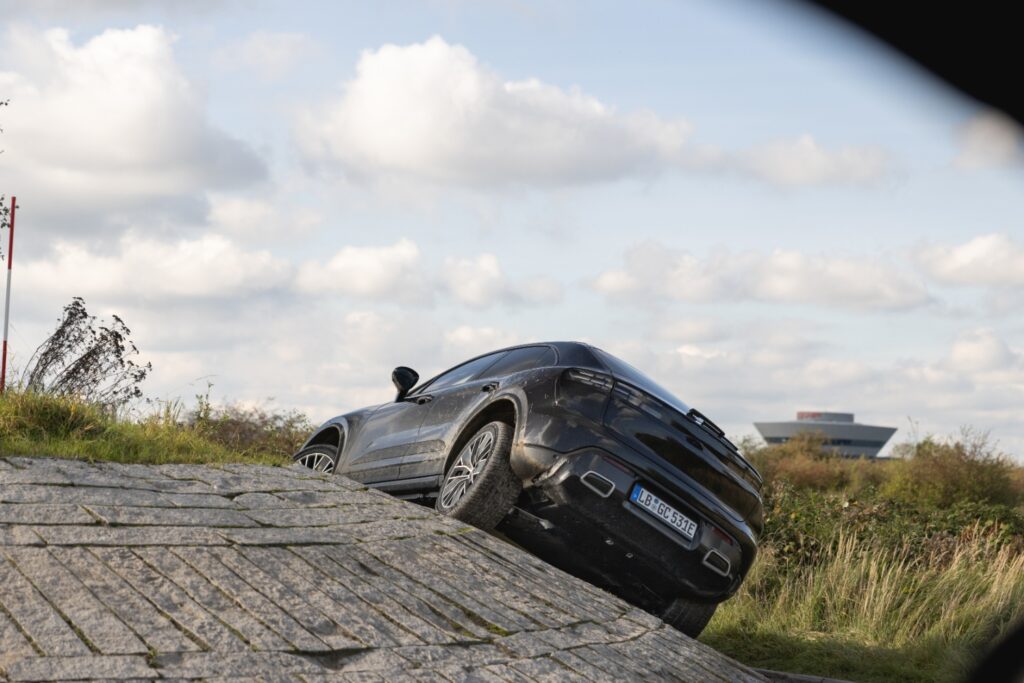
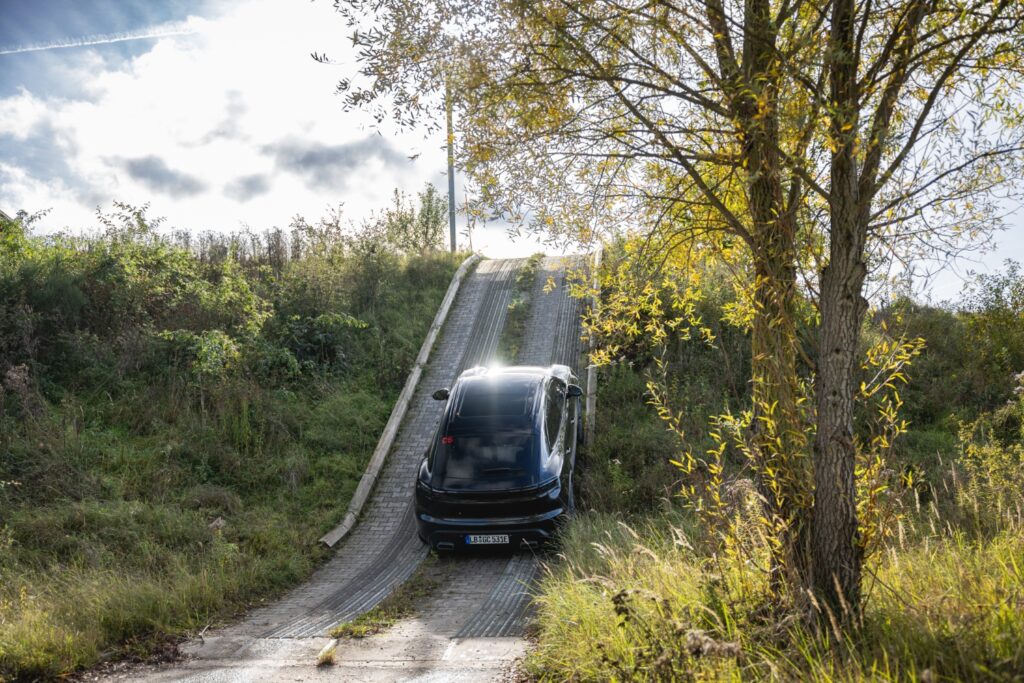
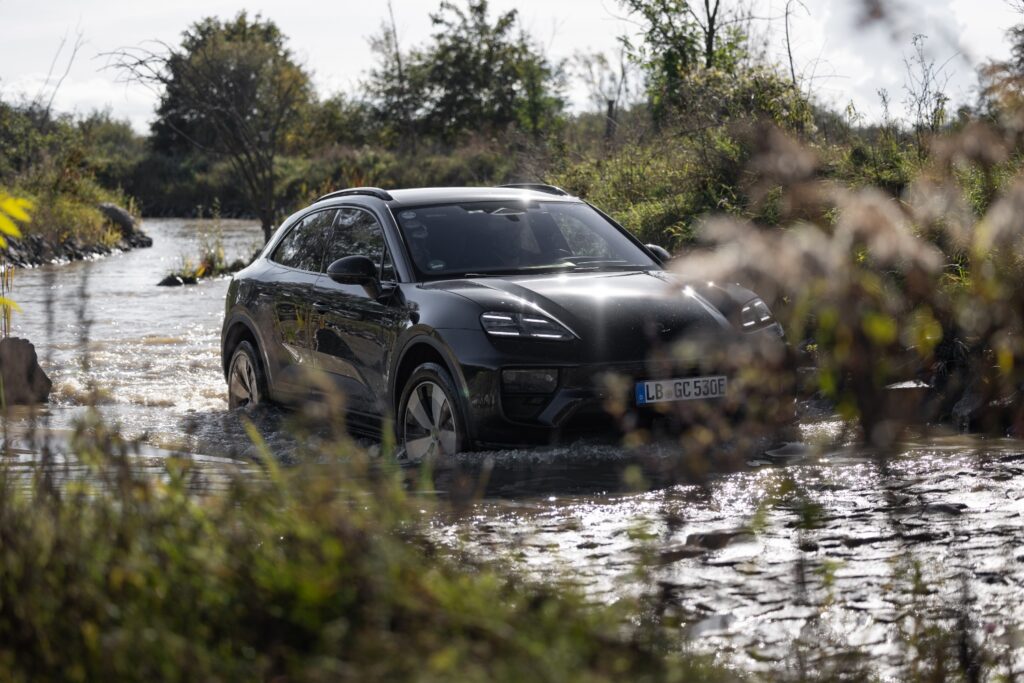
The pneumatic suspension allows up to 30 mm more and 40 mm less height, compared to the normal ground clearance; the new shock absorbers are more responsive to the selected driving mode at any given time, with the firmness level of Sport Plus significantly distancing itself from the smoothness of Normal; and the transmission, whenever possible, favors rear-wheel drive, and even allows for coasting, combining behaviors that increase efficiency.
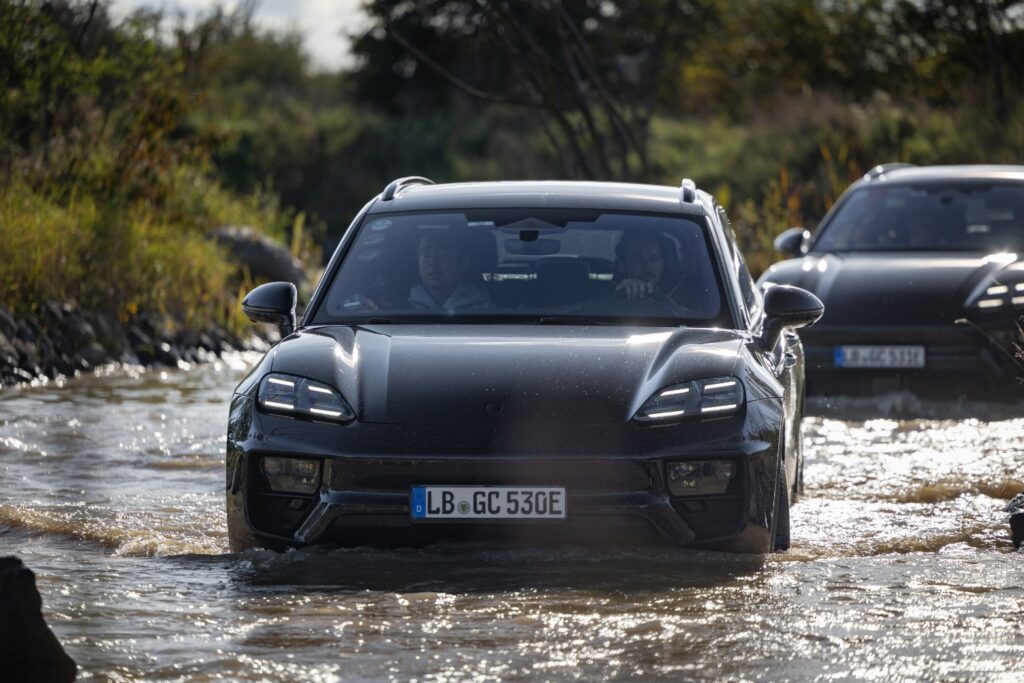
Dynamically, combining the competencies of both the chassis and the propulsion system, the Turbo version is explosive! The former controls all lateral and vertical movements of the body, preventing, for example, the front from diving during braking and lifting during acceleration. The latter has breath far above average, impressing with the way the Macan Electric gains speed – in the category, I guarantee, there is nothing more sporty, not even the most powerful thermal versions of… the Macan. Off-road, more qualities, with the Porsche SUV overcoming almost all types of obstacles without problems. These were the impressions we registered from the passenger seat.

In Leipzig, we had contact with prototypes of the SUV, all still with the exterior and interior properly camouflaged. Meanwhile, the German brand released a first image of the dashboard and, in the Macan Electric, the adoption of the Porsche Driver Experience debuted in the Taycan and already available in the new generations of the Cayenne and Panamera. It has digital monitors for instrumentation (12.6”), multimedia system (10.9”), and the passenger sitting next to the driver (10.9”). Only the third one is listed as an optional equipment, like the Head-Up Display with augmented reality system that seems to project images 10 meters ahead of the car, on a surface with 87”. The sport steering wheel is shared with the 911 and integrates the driving mode selector (we find it on the right). In this rotary control, in the center, the Porsche launch control is activated – Sport Response prepares all the car’s organs for 20 seconds of peak power (read: dizzying acceleration power!), which the 255/45 R21 front and 295/40 R21 rear tires, in the case of the Turbo variant (22″ wheels as an option), put on the road in an exemplary way, due to their outstanding grip.
Finally, the start is done by a button on the dashboard, in the usual position in Porsche models (to the left of the steering wheel) and, only in the front area of the cabin, there is a luminous strip with 56 LEDs that ensure both ambient lighting and communication of alerts and other important information to the driver. And the Germans also promise almost unlimited potential for personalization of the car, as demanded by customers of manufacturers competing among the elite of the premium market (luxury).
